(Dusky Flathead (Platycephalus Fuscus) By John Barkla, Licensed Under CC by 4.0)
Flathead fish are a type of freshwater fish that live in estuaries and coastal bays.
Flatheads are primarily bottom feeders. They feed on tiny organisms such as worms, insects, crayfish, and other fish.
They have rounded bodies with flat heads and eyes on the same plane as their mouth. The mouth is located on the underside of the head and has sharp raspy teeth.
They have a single dorsal fin with spines running down its length and one or more anal fins below their tail fin (caudal).
There are various ways how to catch flatheads, you will need the right bait and a good understanding of the behaviour of this species.
How To Catch Flathead Tip # 1
What Equipment Do You Need To Catch Flathead?
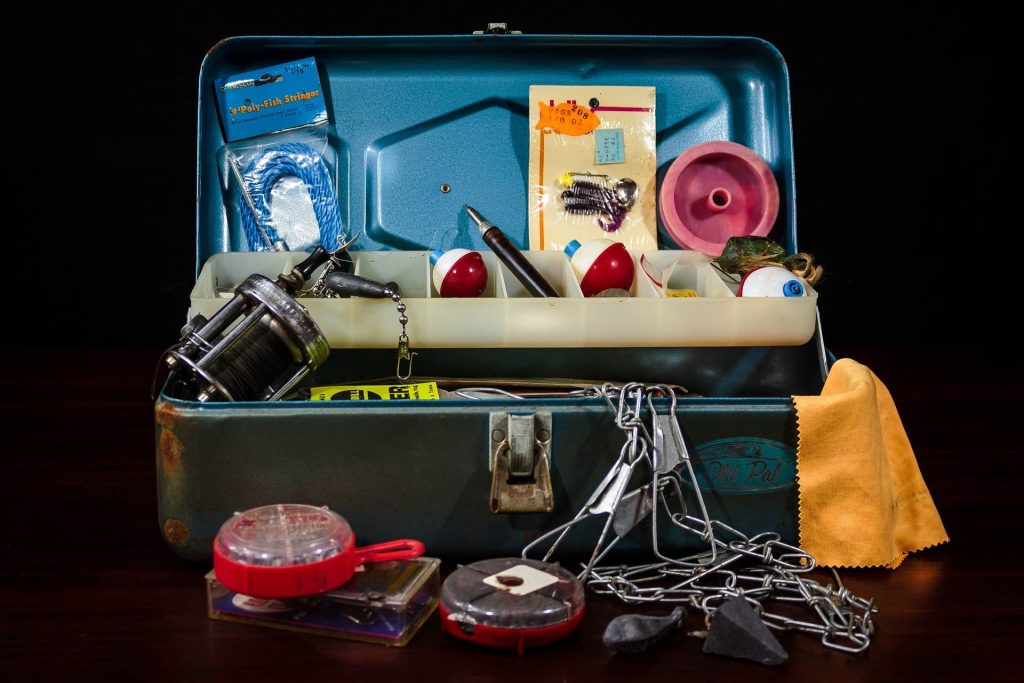
Catching Flatheads is difficult because they live in murky waters and often move around.
They can be very aggressive if they feel threatened, so when learning how to catch flatheads, you must also know about the right equipment when fishing for them.
Rod
You need to have the right equipment when it comes to catching flatheads.
A good rod is essential for catching a flathead. The rod should be strong enough to handle the fish and powerful enough to pull it in. It must also be long enough to easily cast your bait into deeper water.
When choosing a rod, look for something with fast action. This allows the line to move more quickly with less effort from the user. You also want something with lots of backbone, allowing it to stand up against heavy pressure without breaking or bending.
Lastly, choose one with a sensitive tip and good casting ability to send your bait far away without any problems.
Reel
A good reel is one of the most essential pieces of equipment you’ll need. This will be the device that holds the fishing line and allows you to reel in your catch.
Flatheads are heavy, so you’ll want a reel that can handle the stresses of catching them.
The reel is the most important piece of equipment you can have. It is what allows you to control the line and catch your fish.
There are many types of reels, but a spinning reel is the most common for flathead fishing. The reel should have a strong drag system.
A strong drag system is important because flatheads are heavy and can break your line if not controlled properly. The drag system helps control how fast or slow the fish swims while you reel it in.
Alternatively, you can use a baitcasting reel. Some people prefer to use a baitcasting reel because it allows them to cast the line farther than a spinning reel.
However, this comes at the cost of accuracy and control over your catch. You can also use fly fishing reels for flathead fishing.
These are generally less common among anglers because they require more skill and experience than other types of reels, but they can be effective if used correctly.
Hook
Flatheads have a tough mouth, so you’ll need a strong hook with a good barb or crimp to help secure the bait.
The best type of hook for flathead fishing is usually a treble hook with four points that can be used for trolling or bottom-fishing.
The more hooks on your rig, the better your chance of catching some fish. The size depends on the fish you’re trying to catch, but a size of 4/0 to 8/0 would do for flathead fishing.
Line
One of the most important pieces of equipment is your fishing line. Flatheads can be caught on various lines, from monofilament to braided.
The only real rule here is that the line should be strong enough to handle a big fish and cut through vegetation. As a general rule, the heavier it is, the better it will hold against weed and brush.
A braided line is great because it’s super strong and resistant to abrasion, so it’s less likely to break or tangle in heavy vegetation than other fishing lines.
The downside is that it’s also more expensive and doesn’t cast as well as monofilament. If you’re looking for a cheap option, consider braid-core or fluoro-braid fishing lines.
They’re not quite as strong or resistant to abrasion but will still hold up just fine in the hands of a big flathead.
How To Catch Flathead Tip # 2
What is The Best Bait for Flathead?
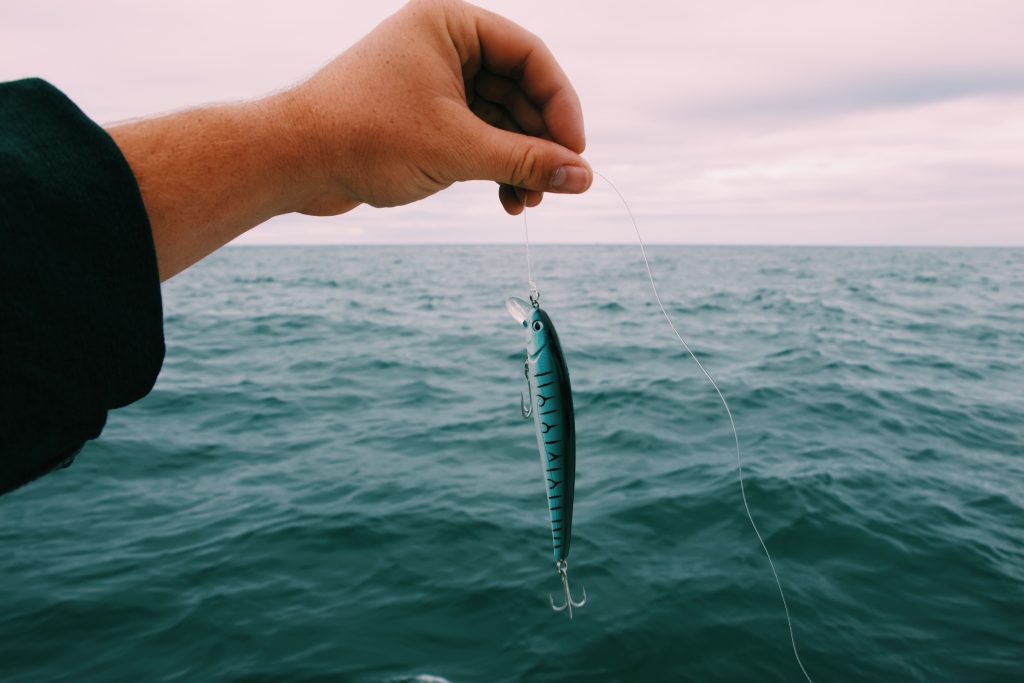
Flatheads are scavengers that feed on anything they can find, including fish and crustaceans.
They also eat dead animals floating downriver or washing ashore on beaches near their habitat.
Because they will eat almost anything they find in their environment, no one type of bait works better than another when trying to catch flatheads.
However, flatheads have a reputation for swallowing large pieces of food without difficulty, so the idea is to give them something big enough to keep them interested in biting through the line.
You can use baits such as worms, prawns, crawfish, and chicken livers. There are also several alternatives to live baits:
Lures:
Lures are artificial baits that allow you to fish without needing live bait. They come in many different styles and colours and can be made from plastic, metal, or wood.
The most common lures used to catch flatheads are spinners and spoons because they are easy to cast and retrieve quickly while still attracting these fish’s attention.
Soft plastics:
Soft plastics are pieces of moulded plastic that resemble other creatures, such as worms or crayfish.
They are generally easier to cast than live bait because they do not sink as quickly as natural bait.
So you do not have to worry about them getting tangled up in your line or reel while trying to catch flatheads in deeper water, where heavy equipment might become difficult to manage if not properly prepared beforehand.
How To Catch Flathead Tip # 3
When is The Best Time of Year to Catch Flathead?
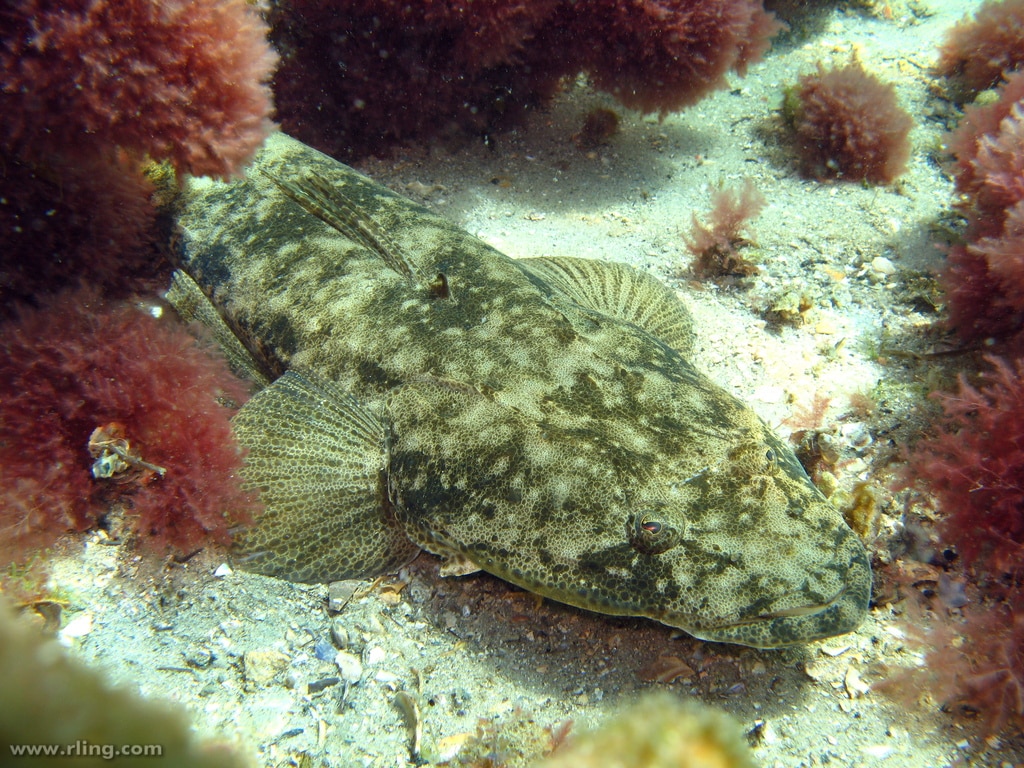
One of the essential aspects of learning how to catch flatheads is time. The best time is during the year’s warmer months (summer). This is when they are most active and easier to find because they are looking for food.
In addition, their metabolism increases during this time of year due to warmer waters which makes them hungrier than at other times of the year.
Their metabolism also makes them more susceptible to fishing lures or baits that resemble their natural prey, such as crayfish and other aquatic animals that live near the water’s surface.
Flatheads are often found in shallow areas of the lake and will move into deeper waters as the temperatures drop.
They are also more active during the day, so it is recommended to fish for them in the early morning or late evening.
How To Catch Flathead Tip # 4
Where to Catch Flathead?
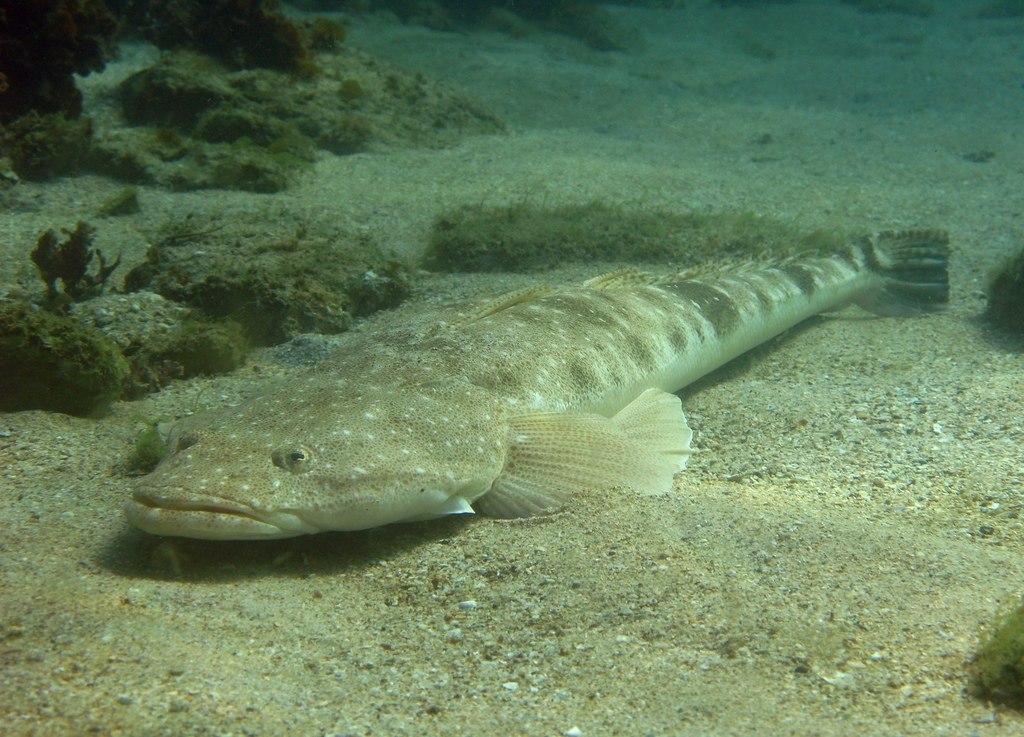
Knowing their ‘where’ is one of the most essential aspects of learning how to catch flatheads. Flatheads live in warm, slow-flowing rivers, lakes, and estuaries with sandy or muddy bottoms.
They can be found throughout most of Australia’s inland waters, including the Murray-Darling Basin and the Murrumbidgee and Murray Rivers.
They prefer areas with plenty of vegetation on the bottom of the water, as well as submerged logs and branches for them to hide in.
Flatheads have a wide range of habitats, so you will need to know where they are most likely to be found before you start fishing.
For example, if you try to catch flatheads in a river, you’ll want to look for areas with rocky bottoms or near submerged logs or branches.
If you are trying to catch flatheads in an estuary, look for muddy areas near piers and jetties.
How To Catch Flathead Tip # 5
How to Catch Flathead?
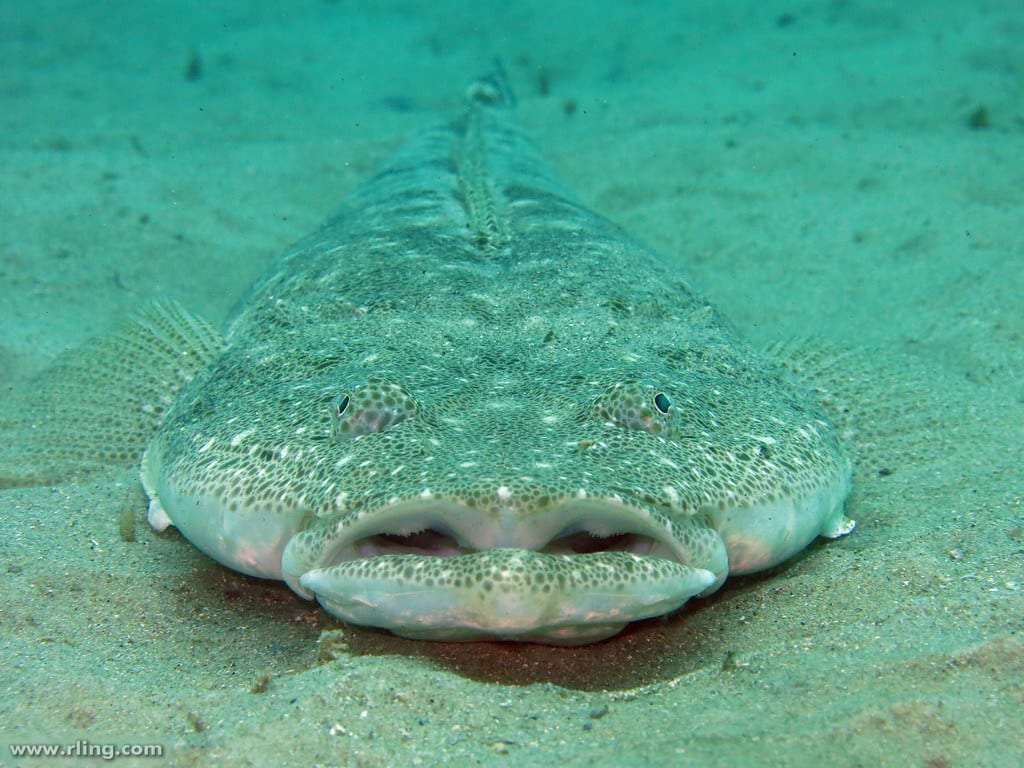
- Find a good spot where many weeds grow near the shoreline or in open water areas with structures such as fallen logs or tree stumps nearby. Flatheads like these areas because they provide cover from predators while they search for food on the bottom of the waterway
- Cast out your line using your choice of lure or bait and wait for a bite. When you feel a tug on your line, set the hook by pulling up hard on it with some force so that it goes deep into their mouth when they bite down on the bait or lure.
- When you have the fish on the line, and it starts to fight back, keep your line tight, so it doesn’t get away.
- Reel in your line slowly and carefully until you can see the fish on end.
- When you have the fish close enough to land or your boat, grab it by the tail with both hands and pull it out of the water. Be careful not to get hurt. If you’re not sure, use a landing net and lip grip.
- Put your hand inside its mouth to remove any hooks or lures that may be stuck there.
- Take pictures, measure the catch, and release your catch back into its natural habitat.
Learning how to catch flatheads is just one more way to enjoy the natural world.
How To Catch Flathead Tip # 6
How Can I Make My Flathead Fishing Bait More Effective?
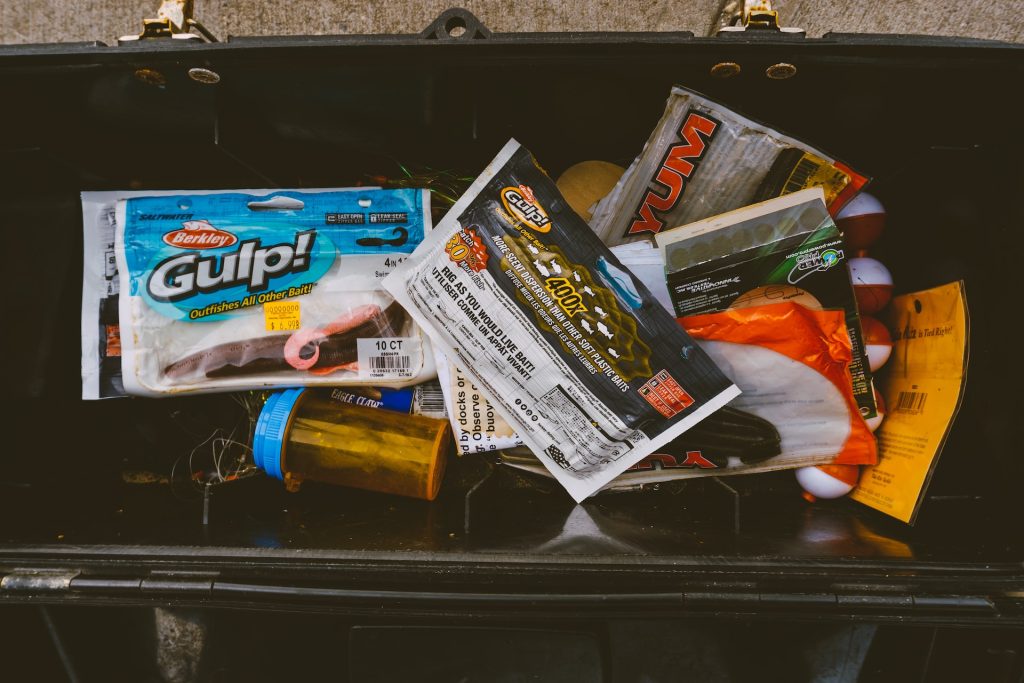
Once you have got your bait in place, there are two ways how to catch flatheads: drift fishing or still fishing.
Drift fishing involves moving through shallow waters with an anchor attached to your boat; still, fishing involves sitting in one spot and waiting for the fish to come to you (which might take longer).
Either way works well to catch flatheads. The only thing that matters is patience and staying calm, so they do not get spooked by sudden movements.
The 8 Most Common Mistakes People Make When Fishing for Flathead
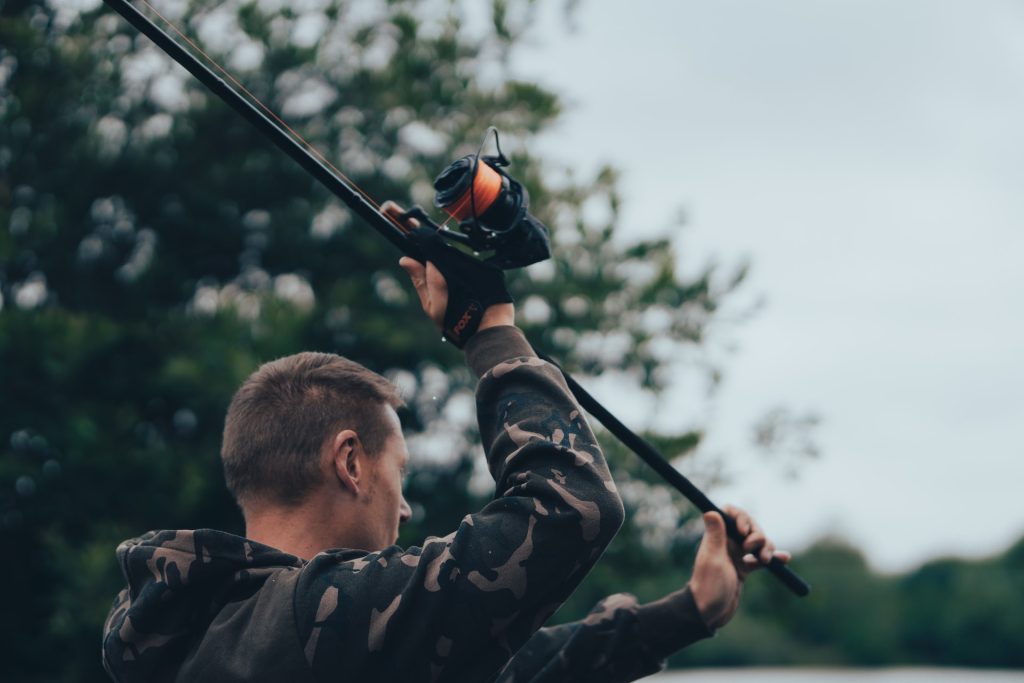
The most common mistakes people make on how to catch flatheads and how you can avoid them.
Mistake #1: Not Using a Good Bait or Lure
If you want to catch flatheads, you must use a good bait or lure. Flatheads love fresh baits that smell like fish, so if you use bait that smells like chemicals, you will have much lower chances of success.
Choosing the right bait or lure would be best depending on the time of day you are fishing and what species you are trying to catch (flathead).
Mistake #2: Fishing Too Close To The Shoreline or fishing in an area that is too shallow
Flatheads are not afraid of shallow water but prefer deeper waters further away from shorelines where fewer predators are lurking about, waiting for an opportunity to attack their prey before it gets too close to safety.
The best way to find and catch flatheads is by looking for signs of their presence, including tracks in the sand or mud and teeth marks on exposed surfaces like rocks or logs.
Mistake #3: Wearing Bright Clothes or Shining Light at Night
Flatheads are nocturnal, they come out at night, so if you wear bright clothes or shine lights into their habitat during the day, they will never come back.
Mistake #4: Not Checking Your Line Regularly for Damage and Knot Failure
When learning how to catch flatheads, you must remember to regularly check your line for cracks or damage that may occur from pulling too hard on your rod or reel during a fight.
Not checking your line regularly could result in losing your entire rod and reel if it snaps off while fighting a big fish like a flathead.
Mistake #5: Using Too Much Weight on Your Line when Fishing
One of the common mistakes people make when trying to catch flatheads is using too much weight on their line.
Flatheads are known to be heavy-bodied fish, so they can pick up more weight than other species of fish.
Putting too much weight on your line could cause your bait to sink too quickly and scare off the flathead before they have time to take it.
Mistake #6: Not Being Patient when Trying New Locations
Successful fishing is all about location, location, location. When attempting to catch flatheads, this is especially true.
If you’re not patient enough to wait for the fish to come to you, you might be missing out on some of the best spots on your lake.
Finding a new fishing spot can take time and effort, but it’s worth it when you finally find a place where the fish are biting consistently.
Mistake #7: Spinning Your Reel Too Fast
Flatheads are big fish, and they can put up a good fight. So it’s tempting to reel as fast as you can when one strikes — but this is actually one of the worst things you can do.
When trying to catch flatheads, you should do everything slowly and cautiously.
Reel too fast, and you’ll lose control over your rod tip, which means your hook won’t set properly or may even snap off completely.
Slow down and keep the rod tip low so you can feel it when they start nibbling on your bait.
Mistake #8: Not Rigging Correctly
Another common mistake people must correct when trying to catch flatheads is not rigging correctly.
Your line must be adequately rigged so it doesn’t come off during a fight with a big fish — especially if you’re using braid instead of mono.
Ensure your knot is tight enough to prevent slipping under pressure but loose enough so it doesn’t cut into the line itself; this will help avoid losing lures or breaking off hooks due to excess stress on them.
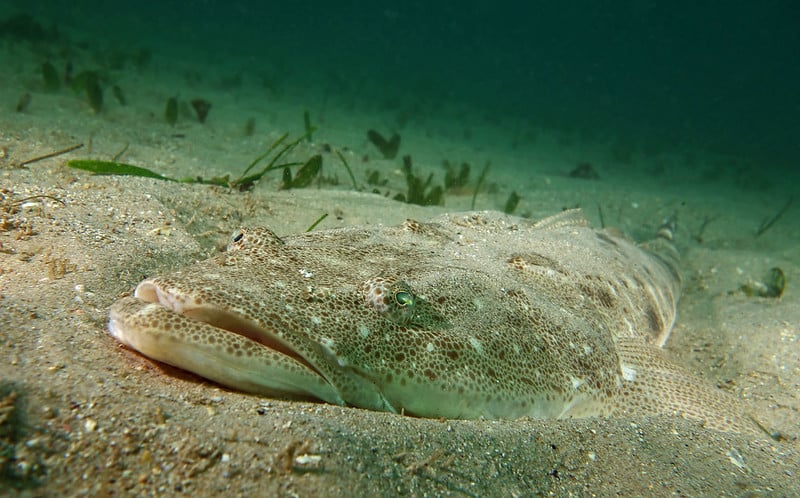
Learning how To Catch Flathead Will Make You a Better Angler
Learning how to catch flatheads takes time and dedication, but nothing is more rewarding than pulling in a nice flathead from the water. It is one of the most sought-after freshwater fish, so learning how to catch flatheads can be very beneficial for your angling skills and will vastly improve your angling experience.
You Might Also Like:
If you enjoyed reading this blog post, you might also be interested in

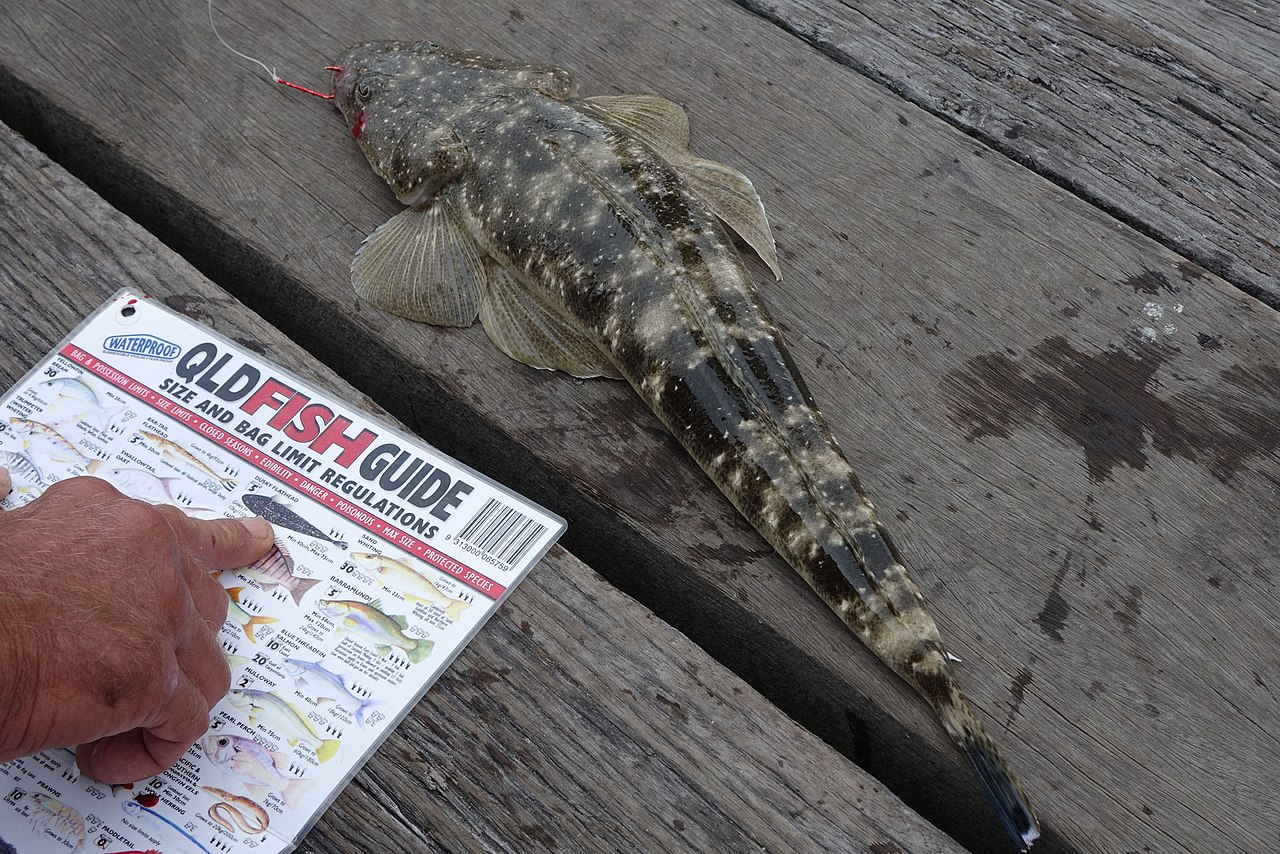
Recent Comments